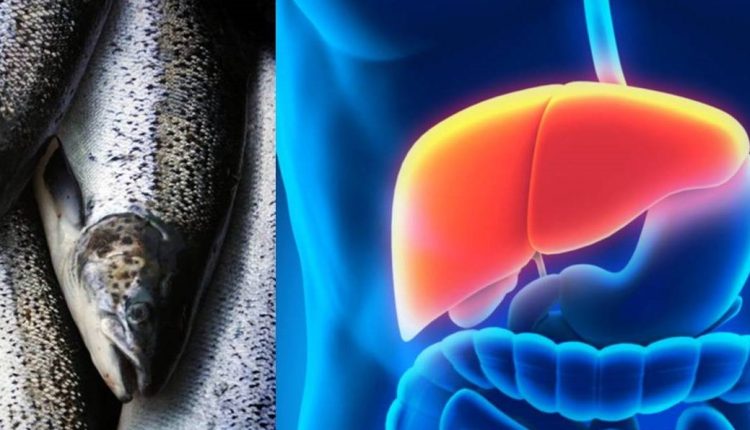
The dangers of raw or undercooked fish: Opisthoriasis
Opisthorchiasis is the infection with Opisthorchis viverrini (or Southeast Asian liver fluke) or O. felineus (feline liver fluke), which is acquired by eating infected raw or undercooked fish that contain infectious metacercariae (in the encysted state)
Trematodes are flatworms that infest various parts of the body (e.g. blood vessels, gastrointestinal tract, lungs or liver), depending on the species
Opisthorchiasis caused by O. viverrini occurs mainly in north-eastern Thailand, Laos and Cambodia; O. felineus occurs mainly in Europe and Asia, and also in the former Soviet Union.
Opisthorchiasis: the life cycle of worms of the genus Opisthorchis requires two hosts, snails and fish
Dogs, cats and other mammals that eat fish are also definitive hosts.
After ingestion, the metacercariae mature and emerge from the cysts, migrate into the bile ducts through the ampulla of Vater, and there attach themselves to the mucosa and mature.
Adult worms can grow up to 5-10 mm from 1-2 mm (O. viverrini) or 2-3 to 7-12 mm (O. felineus).
Opisthoriasis resembles clonorchiasis and the development of symptoms depends on the amount of parasites and the duration of the infection.
Most O. viverrini infections remain asymptomatic, with approximately 5-10% of patients presenting with symptoms including pain in the right upper quadrant of the abdomen, indigestion, diarrhoea, flatulence and fatigue.
Acute symptoms are more common with O. felineus infection and may include high fever, anorexia, nausea, vomiting, abdominal pain, malaise, myalgia, arthralgia and urticaria.
Symptoms usually begin 10 to 26 days after exposure.
In chronic infection, symptoms may be more severe; hepatomegaly and malnutrition may be present. Rarely, complications such as cholecystitis, cholangitis and cholangiocarcinoma (cancer of the bile duct [1]) occur.
Vietnam veterans who develop cholangiocarcinoma may have been infected with Opisthorchis viverrini or Clonorchis sinensis while serving in south-east Asia (2).
The diagnosis of opisthorchiasis is based on the detection of eggs in faeces
Ultrasonography, CT, MRI, cholangiography, or endoscopic retrograde cholangiopancreatography may show abnormalities of the biliary tract.
The treatment of choice for opisthoriasis is one of the following:
- Praziquantel 25 mg/kg orally 3 times/day for 2 days
- Albendazole 10 mg/kg orally 1 time/day for 7 days.
Contagion can be avoided by cooking freshwater fish.
General references
- Xia J, Jiang SC, Peng HJ: Association between liver fluke infection and hepatobiliary pathological changes: A systematic review and meta-analysis. PLoS One 10 (7):e0132673, 2015. doi: 10.1371/journal.pone.0132673. eCollection 2015.
- Psevdos G, Ford FM, Hong S-T: Screening US Vietnam veterans for liver fluke exposure 5 decades after the end of the war. Infectious Diseases in Clinical Practice 26(4):208–210, 2018. doi: 10.1097/IPC.0000000000000611.
Read Also:
Emergency Live Even More…Live: Download The New Free App Of Your Newspaper For IOS And Android
Adverse Drug Reactions: What They Are And How To Manage Adverse Effects
Symptoms And Remedies Of Allergic Rhinitis
Allergic Conjunctivitis: Causes, Symptoms And Prevention
What Is And How To Read The Allergy Patch Test
Allergies: New Drugs And Personalised Treatment
Allergic Contact Dermatitis And Atopic Dermatitis: The Differences
Spring Arrives, Allergies Return: Tests For Diagnosis And Treatment
Symptoms And Foods To Avoid With Nickel Allergy



